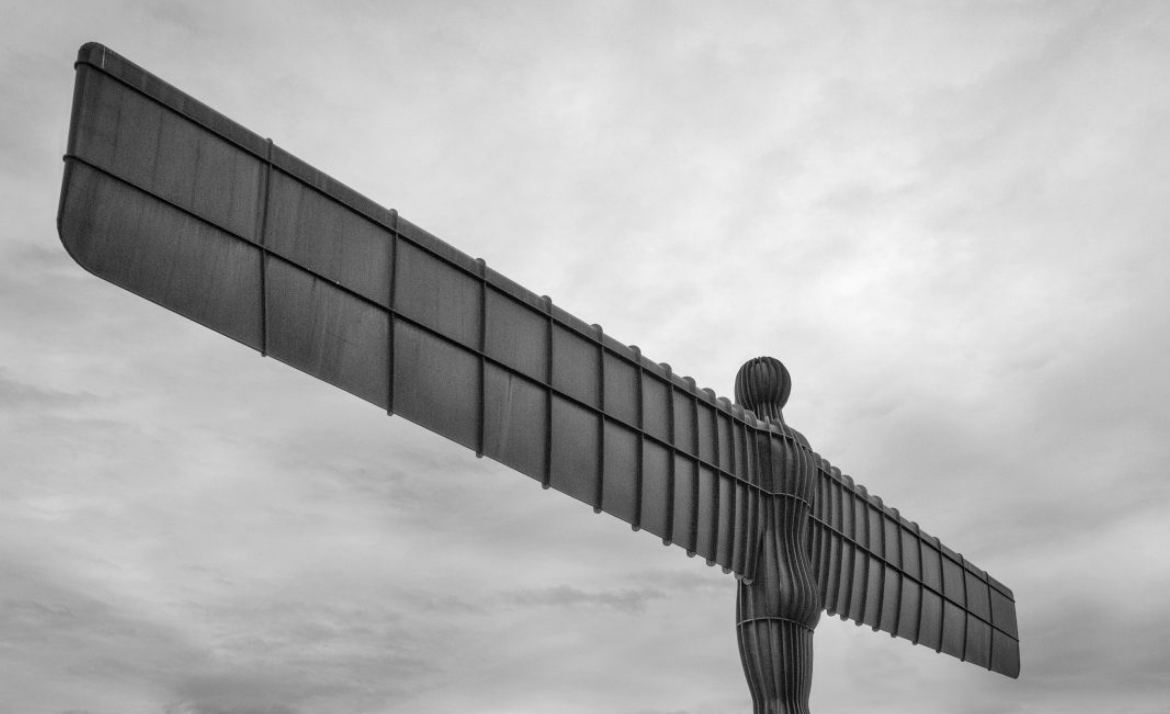This website uses cookies
This website uses cookies to enable it to function properly and to analyse how the website is used. Please click 'Close' to accept and continue using the website.


Arts & Crafts Churches
Alec Hamilton, (Lund Humphries, 352pp, £45) and Roger Button, (Summerhouse Books, 284pp, £19.50)
Reviewed by Clare Price

These two new books approach their subject from very different perspectives and there is not as much overlap as you might expect. In Arts and Crafts Churches Alec Hamilton claims that over 600 churches can be identified as Arts & Crafts (at least in temperament) and comments on many of them, while Roger Button’s Arts and Crafts Churches of Great Britain, looks at just 53. But then, it’s hard to define exactly what an Arts & Crafts church is.
Hamilton suggests that association with the Art Workers Guild or the Arts & Crafts Exhibition Society are key factors – except when they aren’t. Although based on an Oxford University DPhil, Hamilton’s book is accessible – chatty even. It is organised into two sections. The first puts the churches in the contexts of art, religion and society, while the rest is a regional gazetteer, based on Hamilton’s research suggesting that these churches can be understood as having a regional identity. This is much more than a Pevsner-style list though: there are full page pictures and a wealth of details, while informative panels on particular groups of buildings and architects pepper the chapters. A full list of further examples concludes each regional chapter.
Button’s book follows a roughly chronological approach, but with chapters on particular locations (two on Scotland, one on Wales, for example). There is also a gazetteer and a timeline. With fewer churches covered, Button opts for a larger number of smaller photographs, but the text is uneven and in some cases considerably less rich than Hamilton’s, though he includes more about precursor structures and local parish history. There are a few surprises: he seems to see listing as an impediment rather than a way of safeguarding heritage, commenting that St Nicholas Copnor is not listed ‘doubtless much to the relief of the diocese and PCC.’ Also, rather bravely, he ranges through the inter-war period up to the 1950s and even mentions St Paul’s, Harringay (1993). Are these Arts & Crafts? I don’t believe so.
Many of the churches in both books pre-date our post-1914 remit, but there is no clear cut-off point for the movement and so there is much of interest from 1914 to 1939. With these churches appearance is everything – as Hamilton notes, these designers were not always creating for the ‘Glory of God’ but for the enrichment of the ‘church’ experience for their all-too-human observers – and in this respect both books somehow slightly disappoint. Hamilton’s book has large photos but perhaps too few, while Button’s patchwork of smaller images does not always do these churches justice. But go and visit the buildings (I plan to explore Hampshire first); with these two books you will be well prepared.
We are still populating our book review section. You will be able to search by book name, author or date of publication.

Become a C20 member today and help save our modern design heritage.